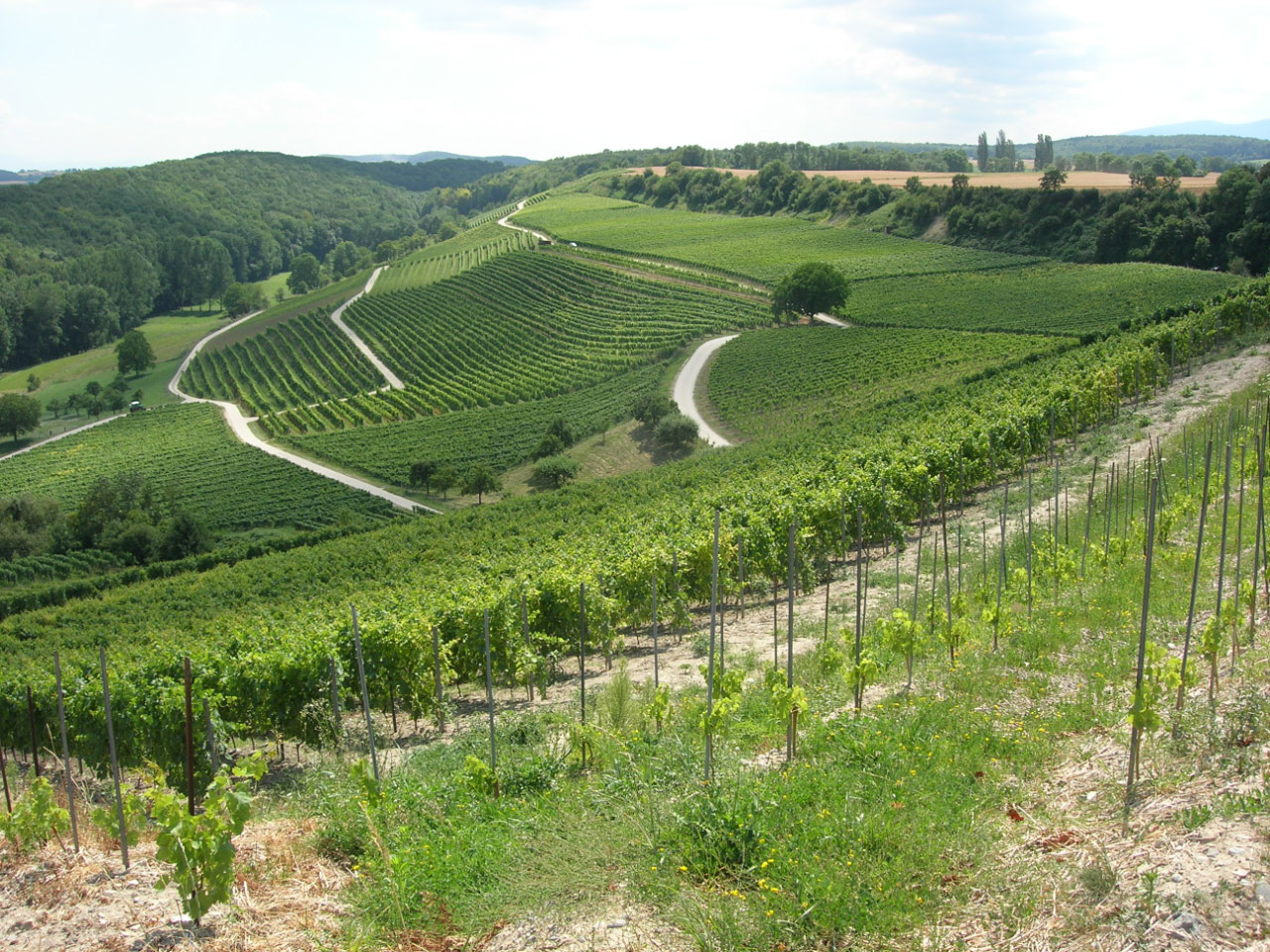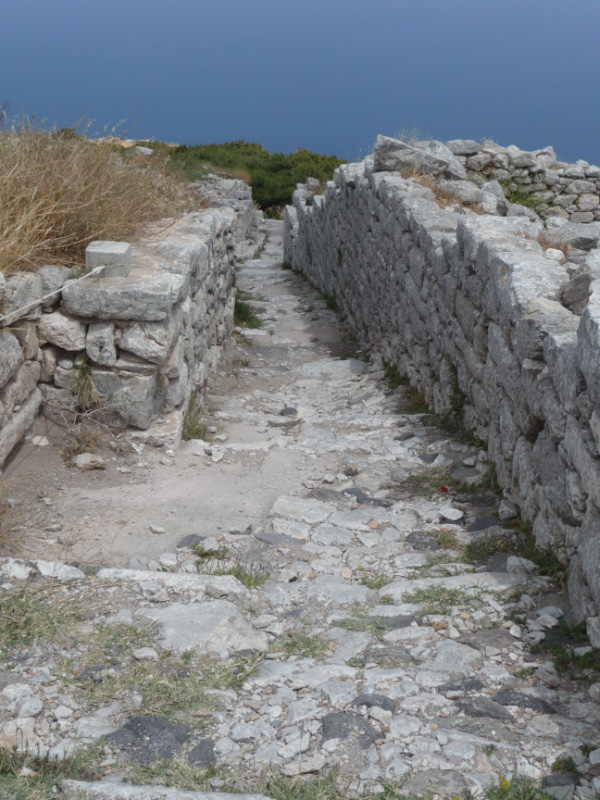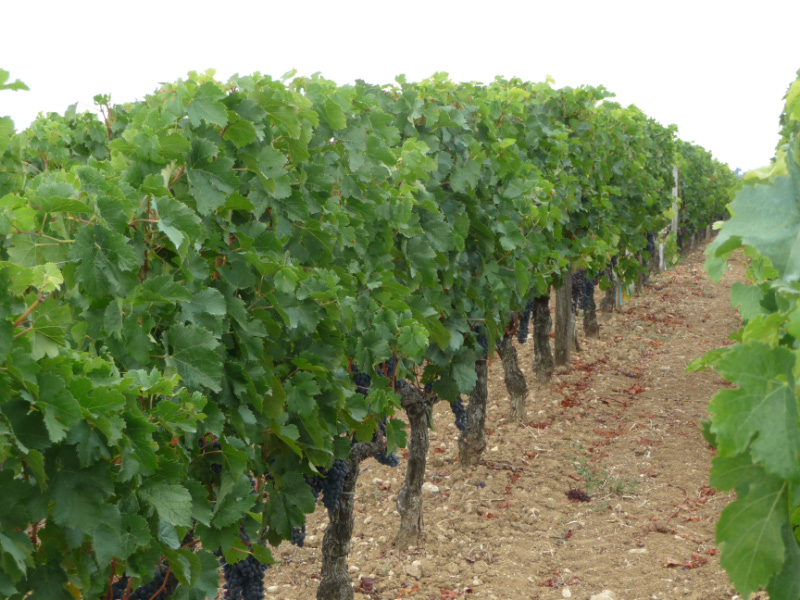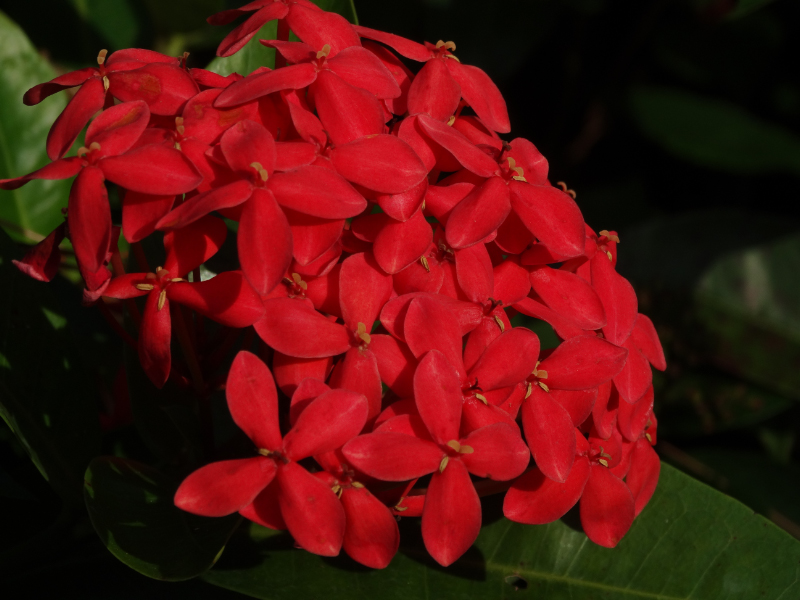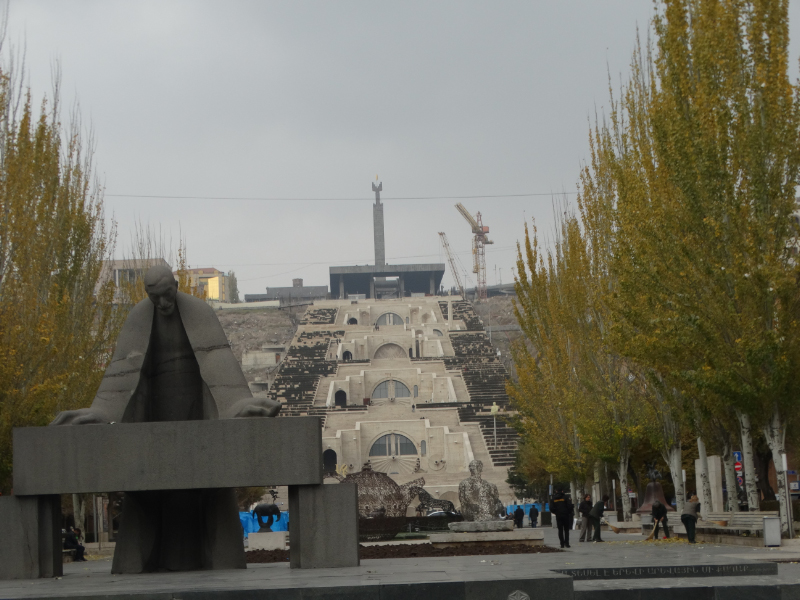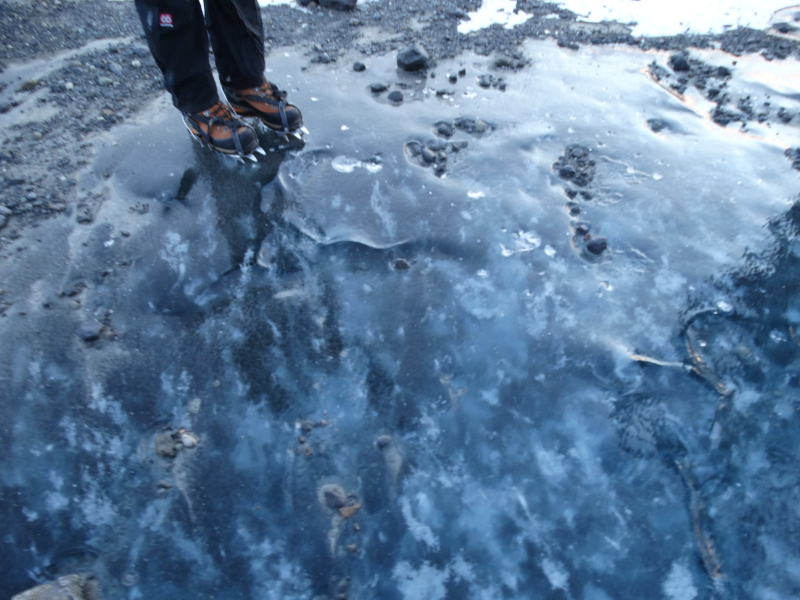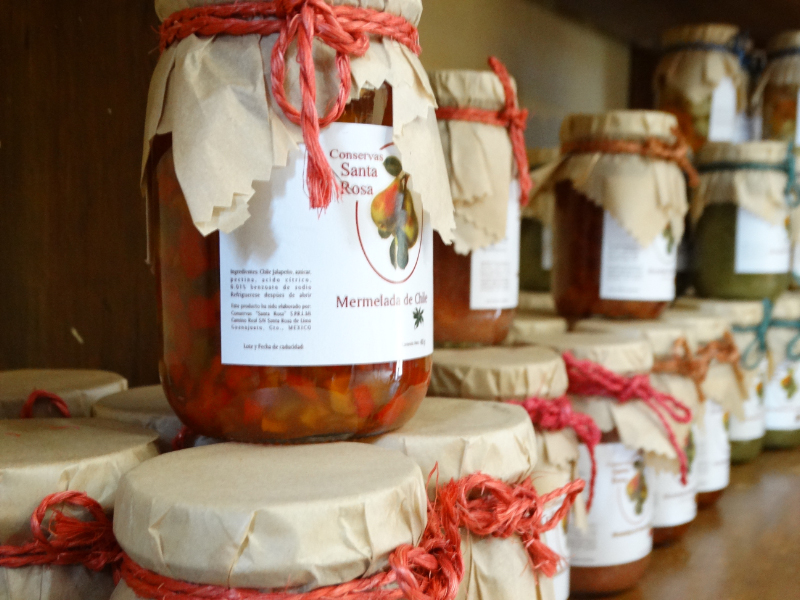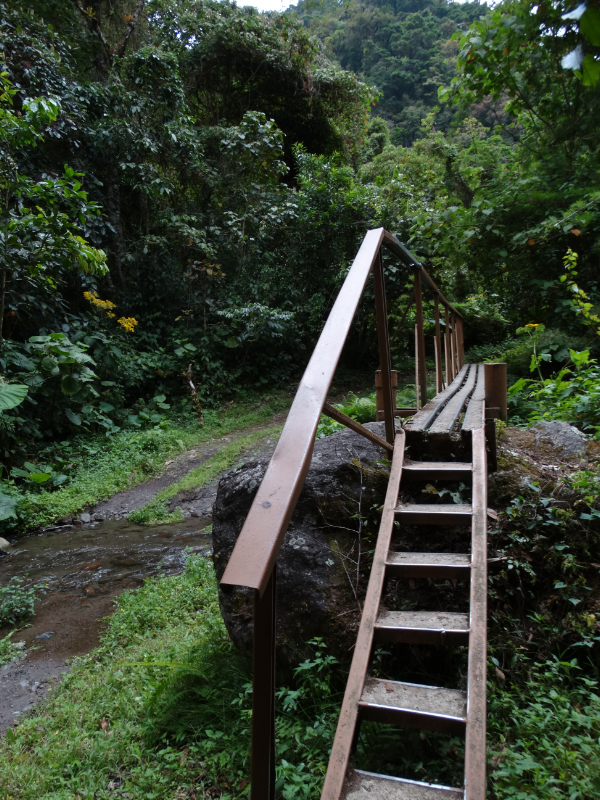You can argue whether Berlin is a Megacity or not.
World Atlas says
A megacity is defined by the United Nations as a city which has a population of 10 million or more people. Currently, there are 37 megacities in the world. These cities include Tokyo, New York, Paris, Berlin, and Bangkok among others.
But with an official population of 3.6 million, it hardly qualifies for the title.
Berlin is a diverse city, full of surprises, and that is what we enjoyed during our extended stay.
Bikes
Let’s start with the bikes – there must be thousands of them, perhaps millions. It’s a new challenge for an Australian driver on the other side of the road, to watch out for the bikes screaming through a green traffic light as you would like to make a right (kerb side) turn. There’s more to the story at LiB – Bikes in Berlin
Beer
Then there is beer – the preferred drink, especially during summer. Much to Bruce’s delight, there is a large choice of places to drink beers, ranging from the Brauhausen to cafes and even convenience stores with a convenient seat on the footpath. There more about drinking beer at LiB – Drinking beer in Berlin
Berlin TV Tower
An icon of Berlin is very definitely the Fernsehrturm or TV tower. You can wander this vast city and never be lost, so long as you have your own personal reference to where the TV tower is in relation to your accommodation. It’s also very worthwhile to visit.
Rubbish bins
Another icon of Berlin is the famous Ampelmännchen (the two traffic light men). But a lesser known icon is their curious rubbish bins. They provide tongue in cheek messages on the benefits of dumping your rubbish. I had great joy trying firstly to translate the messages, then to find the hidden meaning of them. I have to admit, some of these pics originate from other visits to Berlin.
- Häufchenhelfer ‘poop helper’
- Kippendiener ‘butt servant’
- Krassere Öffnungszeiten als dein Späti! ‘Greater opening hours than your Späti!’ (Späti is a small convenience store in East German cities that is open outside normal shop hours)
- Eimer liebt dich ‘The bucket loves you’
Parks
In Berlin in the summer of 2019, our life revolved around visiting our new granddaughter and her parents and helping with some chores like shopping, cooking and ironing. Our walk to and from the hospital was through the beautiful, 52 hectare Friedrichshain Volkspark. There are two special hills Großer Bunkerberg (large bunker hill) and Kleiner Bunkerberg (small bunker hill). They are small artificial mountains constructed from the rubble from the bombed-out city soon after World War II. There are numerous playgrounds and large grassy areas where families meet for picnics and birthday celebrations. There are sports grounds and tennis courts and there is a wonderful lake. But perhaps the prettiest part of the park is the entrance with its Märchenbrunnen (Fairy Tale Fountain) which was designed in 1913 by Berlin’s city building director, Ludwig Hoffmann. The fountain is full of sculptures representing characters from traditional German fairy tales.
There are some other local parks which we became familiar with.
A beautiful but tiny park close to Hayden and Andrea is Kollwitzplatz where the oldest Wasserturm (water tower) exists. It was named after local resident, the German graphic artist and sculptor Käthe Kollwitz. The Maschinenhaus under the water tower was the first concentration camp in Berlin in which the unwelcome Communists, Socialists, Jews were interred from as early as 1933.
The Humbolt Volkspark is famous for the two remaining Flak towers that were used by Hitler to defend critical factory sites. It was named after the Prussian polymath and explorer Alexander von Humboldt, to commemorate 100 years since his birth. it also has bunker hills.
The Ernst Thälmann Park was built on an old gas site in 1986 and named after a former Communist party leader Ernst Thälmann. Next to it is a housing estate which was built as a showpiece for the conception of “socialist living”.
e_header.jpg)





























